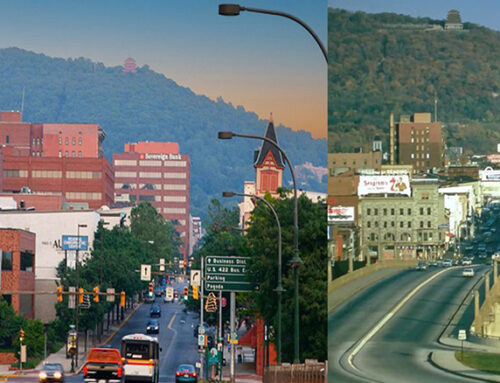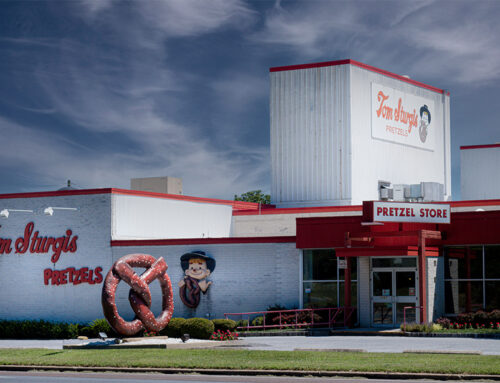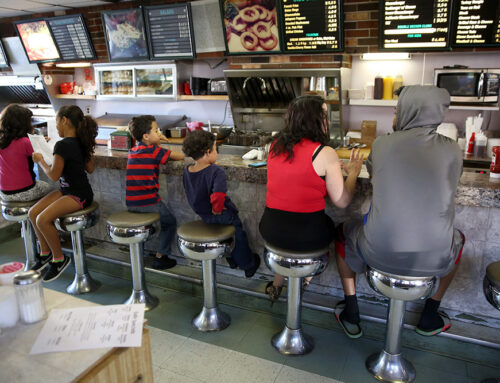By 2045, the U.S. will be a majority minority nation. During that year, whites will comprise 49.7 percent of the population in contrast to 24.6 percent for Hispanics, 13.1 percent for blacks, 7.9 percent for Asians, and 3.8 percent for multiracial populations. This coming demographic shift has been the subject of much hand-wringing and “big thinking” in recent years, but for the city of Reading, Pennsylvania, those numbers are already a reality. Nestled in the center of Berks County, Reading had a Latino population of 69 percent in 2020, up from 58 percent in 2010. It is a city living, at least demographically, in the future.
This is a big shift in demographics from 1900 when immigrant stock included a large number of Polish in addition to the steady stream of Germans. This was a great period for the City of Reading. More people owned their homes in Reading than anywhere else and the City gained the distinction of being one of the best places in the United States for a working-class family to live. The growth of Reading was tremendous between 1874 and 1910. Residential development had necessitated the raising of the number of wards from nine to sixteen between these years.
As recently as 2019, Reading was majority renter-occupied, with owner-occupied homes making up just over 40% of the city’s housing stock meaning nearly 60 percent of Reading’s housing stock is rented. Recent statistics show a disparity in homeownership between whites and minority communities. In Berks County, data recorded by the U.S. Census Bureau’s 2019 American communities survey 5-year estimates shows homeownership rates are at about 37% among African Americans and about 44% for Hispanic and Latinos. Caucasian homeownership rates in Berks are at 77%. The reason for the gap is rooted in the fact that you have hundreds of years of generations of typically Caucasian families living in Berks County, so the generations of migrants that have come recently don’t have the same financial background and financial upbringing that the folks entrenched here do.
Once a hub of industry, Reading boasted 700 manufacturing businesses, producing hundreds of goods from hosiery to hardware. At one time Reading was dominated by textile manufacturers. By the 1960s and early 1970s most of the textile companies moved south. As manufacturing plants withered and closed, thousands of jobs have vanished. Work once abundant in the mushroom fields, steel mills, textile plants and auto parts factories and, more recently, hi-tech and even chocolate factories, is now hard to find. In the economically ravaged city of Reading, the majority Latino population is suffering from the double blow of vanishing jobs and poor education. The question of employment connects clearly with education. Reading School District has a huge problem. The school district relies on private assistance from the tax base and it just isn’t there. Reading needs help but we can’t blame the kids.
Despite its struggles, there has been movement to spur development and revitalize Reading’s downtown. Shuman Development Group is a commercial real estate development company, founded in 1994, whose mission is to restore the grandeur of Reading’s Central Business District. The Shuman Development Group has redeveloped, sold and leased more than two million square feet of commercial property in downtown Reading since 1994, including 10 buildings the company bought and revitalized since 2006 in the iconic Reading Outlet district, totaling about 640,000 square feet, including a new grocery store, and the Berks County Trust Building, the city’s finest neo-classical building built in 1909 and now undergoing a restoration to its original grandeur overseen by the National Parks Service. Now listed on the National Register of Historic Buildings with occupancy planned for October 2021.
Projects by other developers include Alvernia University’s CollegeTowne. Among other projects are the expected conversion of the Madison Building at Fourth and Washington to market-rate apartments, the conversion of the Berkshire Building at Fifth and Washington to graduate foreign student housing for Alvernia, and the conversion (and planned addition to) the Medical Arts Building in the 200 block of N. Fifth Street.




